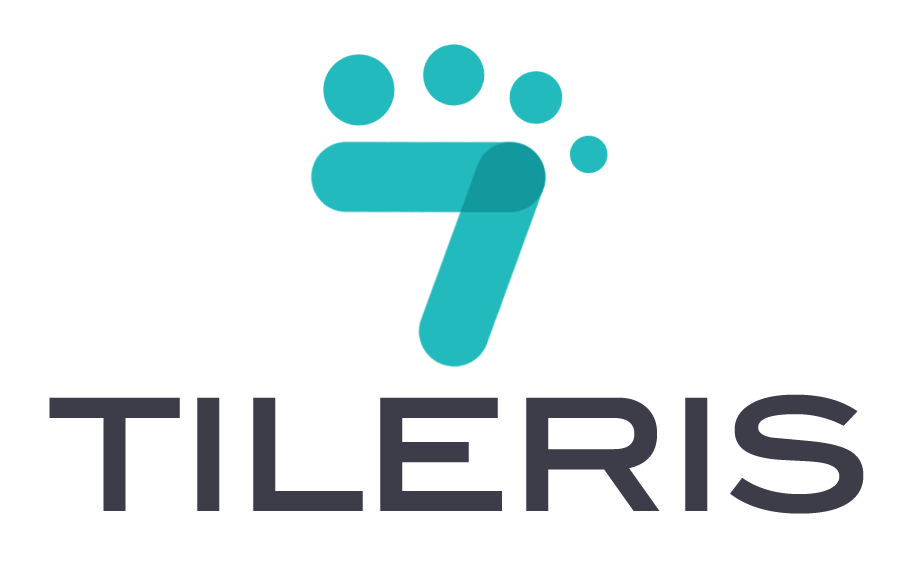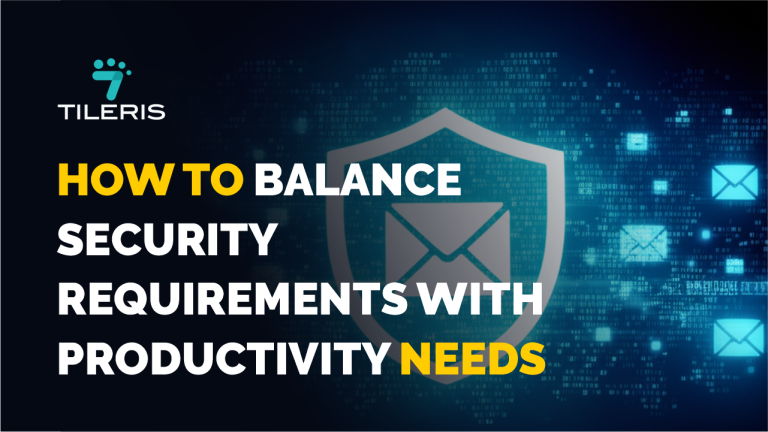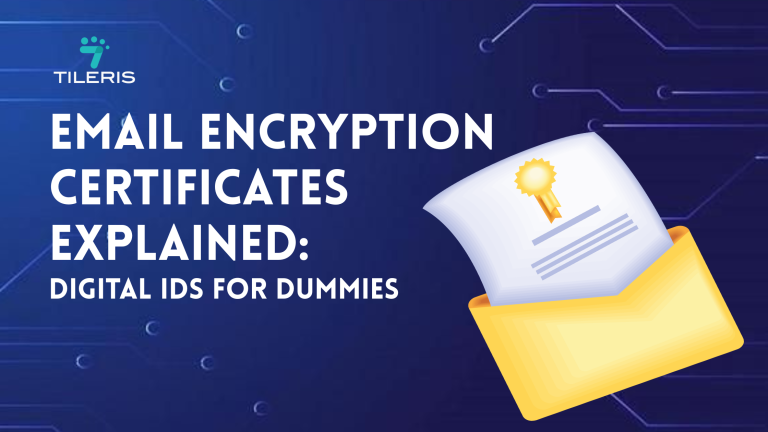Financial Team Security: Protecting Companies Against Payment Fraud
Introduction
In the intricate world of business, the financial team is the heartbeat, managing the flow of funds that keeps everything running. However, this critical role also makes them a prime target for cunning criminals attempting payment fraud. These sophisticated scams can lead to devastating financial losses and severe damage to a company’s reputation.
This article serves as a comprehensive guide, offering essential tips and strategies specifically designed to fortify your financial team’s defenses against the ever-evolving threat of payment fraud.
Understanding Payment Fraud
To effectively combat payment fraud, it’s crucial to understand its various forms and the cunning ways fraudsters operate. Payment fraud encompasses deceptive schemes designed to trick businesses into making unauthorized payments.
Types of payment fraud
- Phishing Attacks: While often seen as a general cyber threat, phishing plays a direct role in payment fraud. Attackers send deceptive emails (or other messages) impersonating legitimate entities (banks, vendors, even internal executives) to trick financial team members into revealing sensitive login credentials or other financial information, which is then used to initiate fraudulent payments.
- Invoice Scams (or Vendor Impersonation Fraud): This is a prevalent form of fraud where criminals impersonate a legitimate vendor. They send fake invoices or legitimate-looking notifications announcing a change in banking details. Unsuspecting financial teams then update records and send future payments to the fraudster’s account.
- Wire Transfer Scams (often linked to Business Email Compromise – BEC): Highly damaging, these scams involve fraudsters impersonating a CEO, CFO, or another executive via email, instructing a financial team member to make an urgent, confidential wire transfer to a fraudulent account. They rely heavily on social engineering and a sense of urgency.
- Check Fraud: Though less common in the digital age, forged, altered, or stolen checks can still be a vector for fraud, requiring vigilance in reconciliation.
- Credit Card Fraud: Unauthorized use of company credit cards, often after details have been stolen through phishing, skimming, or malware. click here to see details
Impact of payment fraud on businesses
- Direct Financial Losses: Often, unrecoverable funds are transferred to fraudsters.
- Reputational Damage: Erosion of trust with clients, vendors, and partners.
- Legal and Regulatory Penalties: Non-compliance fines and legal action.
- Operational Disruption: Time and resources diverted to investigations and recovery.
- Increased Insurance Premiums: Due to a history of fraud incidents.
Best Practices for Financial Team Security
A robust defense starts with strong, consistent practices within the financial team. These are fundamental for protecting against payment fraud:
- Verifying Payment Requests and Invoices to Ensure Authenticity: This is the golden rule. Trust, but Verify”. Always assume any request for a payment or change in payment details could be fraudulent.
- Out-of-Band Verification: Critically, verify all unusual or new payment requests and all changes to vendor banking details by contacting the requester through a *known, legitimate, independently verified phone number; never reply to the email or use a phone number provided within the suspicious message.
- Cross-Referencing: Match invoices against purchase orders, contracts, and delivery confirmations before payment.
- Using Secure Payment Systems and Protocols to Protect Against Unauthorized Access:
- Utilize enterprise-grade payment platforms with built-in security features like encryption and multi-factor authentication.
- Ensure all payment processing software is kept up-to-date with the latest security patches.
- Avoid using public Wi-Fi for sensitive financial transactions.
- Monitoring Accounts Regularly to Detect Suspicious Activity:
- Conduct daily reconciliation of bank accounts and credit card statements.
- Look for unauthorized transactions, unusual amounts, or payments to unfamiliar beneficiaries.
- Set up bank alerts for large transactions or unusual activity.
Implementing Payment Controls
Strong internal controls are crucial for preventing fraud and ensuring accountability. Implementing these systematic checks and balances will go a long way:
- Dual Authorization (or Segregation of Duties): Require at least two different individuals to authorize payments above a certain monetary threshold. This means one person initiates, and another approves, preventing a single point of failure.
- Payment Limits: Set predefined daily, weekly, or per-transaction payment limits within your banking and payment systems to prevent large unauthorized transactions from slipping through unnoticed.
- Regular Audits: Conduct periodic internal and external audits of financial processes and payment controls. Audits help identify weaknesses, ensure compliance with established policies, and deter fraudulent activities.
Employee Education and Awareness
Your financial team members are the front line. Their awareness and vigilance are paramount in stopping fraud.
- Training Employees on Payment Security Best Practices and How to Recognize Suspicious Activity:
- Regularly educate the team on the latest payment fraud schemes (e.g., current BEC tactics, new invoice scam methods).
- Provide clear examples of what suspicious emails, invoices, or requests look like.
- Emphasize the “verify, don’t trust” approach, especially for payment instructions.
- Encouraging Reporting: Foster a culture where employees feel empowered and safe to report any suspicious activity or email without fear of reprisal. A quick report can prevent significant losses. Establish clear channels for reporting (e.g., a dedicated security email or hotline).
Technology Solutions
Leverage technology to bolster your defenses against payment fraud.
- Payment Fraud Detection Software: Implement specialized software that uses artificial intelligence and machine learning to analyze payment patterns, identify anomalies, and flag potentially fraudulent transactions in real-time.
- Secure Payment Gateways and Encryption: Utilize payment gateways that offer robust encryption for all financial data in transit and at rest. Ensure your systems use strong encryption protocols (e.g., TLS 1.2 or higher).
- Multi-Factor Authentication (MFA): Implement MFA for all financial accounts and payment systems. This adds an essential layer of security, requiring a second verification step beyond just a password.
- Anti-Phishing and Email Security Solutions: Deploy advanced email security solutions that filter out malicious emails, detect impersonation attempts, and provide URL scanning to protect against phishing links.
Incident Response Plan
Despite all precautions, incidents can happen. Having a well-defined plan is crucial for minimizing damage.
- Identifying Incidents Quickly and Taking Action to Contain the Damage:
- Establish clear procedures for what constitutes a suspected fraud incident.
- Train the team on immediate steps: isolating affected systems, contacting banks, freezing accounts, and preserving evidence.
- Prioritize swift action to try and recall fraudulent wire transfers.
- Notifying Stakeholders and authorities: Develop a communication plan for who needs to be notified, when, and how. This includes:
- Internal management and legal teams.
- Financial institutions involved (banks).
- Law enforcement (e.g., FBI’s IC3 in the U.S., local police).
- Potentially affected customers or vendors.
- Cybersecurity incident response specialists.
Conclusion
Safeguarding your financial team is paramount to protecting your business from the relentless threat of payment fraud. By combining vigilant best practices, stringent payment controls, ongoing employee education, cutting-edge technology, and a robust incident response plan, you can build a formidable defense. Proactive security isn’t just about preventing losses; it’s about maintaining trust, ensuring business continuity, and preserving your company’s financial health. Empower your financial team with these strategies, and they will be your strongest shield against fraud.
We strongly encourage all organizations to implement the tips and strategies outlined in this article.
For deeper insights and tailored solutions, you can hit us up at Https://tileris.com.





